Nutrition Therapy And Pathophysiology 2nd Edition by Marcia Nahikian Nelms – Test Bank
Chapter 4 – Nutrition Intervention
Multiple Choice
An. Type Page(s) Note: Under Type, K = knowledge and A = application.
c K 66 1. Which step of the nutrition care process is the nutrition intervention?
a. one
b. two
c. three
d. four
c K 66 2. Intervention strategies should be based on which of the following?
a. nutrition assessment data
b. monitoring data
c. nutrition diagnoses and their etiology
d. signs and symptoms
b K 66 3. Nutrition interventions are intended to change any of the following except:
a. intake.
b. laboratory data.
c. nutrition knowledge.
d. access to care.
a K 66 4. The _____ precisely states the patient’s/client’s individualized recommended dietary intake of energy and/or selected foods or nutrients.
a. nutrition prescription
b. nutrition intervention
c. nutrition goals
d. nutrition diagnosis
b K 66-67 5. Diets are individualized to all of the following except:
a. age.
b. current intake.
c. activity level.
d. medical diagnosis.
c K 67 6. Continuing collection of data on your patient is part of:
a. standards of practice for designing the nutrition goals.
b. standards of practice for planning the nutrition intervention.
c. standards of practice for implementing the nutrition intervention.
d. standards of practice for planning the monitoring and evaluation.
a A 67 7. You have a patient who has not been eating since admission. One plausible intervention you might carry out as a registered dietitian is to:
a. offer suggestions and substitutions.
b. initiate a tube feeding.
c. complete a full nutrition assessment.
d. ask the nurse to assist in feeding the patient.
b K 67 8. All of the following are ways to increase patient satisfaction regarding food service in the hospital except:
a. a la carte food carts.
b. point of service sale items.
c. room service ordering.
d. restaurant-style menus.
c K 68 9. The first diet that a patient may consume after being NPO for a long time is:
a. the regular or “house” diet.
b. modular supplements.
c. clear liquids.
d. a soft diet.
b K 68 10. Foods allowed on a clear liquid diet include:
a. cream soups
b. broths
c. milk
d. fruit-yogurt smoothies
d K 68 11. A clear liquid diet:
a. provides adequate energy for most people.
b. provides adequate vitamins for most people.
c. provides adequate protein for most people.
d. is low in residue.
d K 68 12. A full liquid diet may be a problem due to which of the following?
a. lack of adequate vitamins
b. inability to provide protein
c. it is not palatable
d. lactose intolerance
b A 69 13. You are recommending that your patient comply with a full liquid diet in order to transition to soft diet. Which of the following would be best tolerated based on osmolality?
a. prune juice
b. broth
c. ice cream
d. malted milk
c A 69 14. Which of the following would be considered a high-energy snack?
a. yogurt
b. crackers and cheese
c. peanut butter and celery
d. sherbet
c A 69 15. Which of the following would be considered a high-protein snack?
a. toast and jelly
b. crackers and fruit
c. veggies with tofu crumbles
d. sherbet
d A 69 16. You have a patient who is not eating very well and you would like to supplement her meals with extra calories and protein. Which of the following would be a good addition?
a. jam or jelly
b. butter
c. creamed vegetables
d. dry milk powder
b K 70 17. A “structured lipid” can be described as:
a. an MCFA that is not hydrolyzed in the mitochondria.
b. MCT and LCT on one triglyceride.
c. an LCFA that is metabolized into ketones readily.
d. MCT and LCT in a single chylomicron.

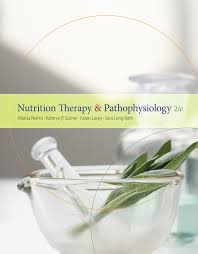




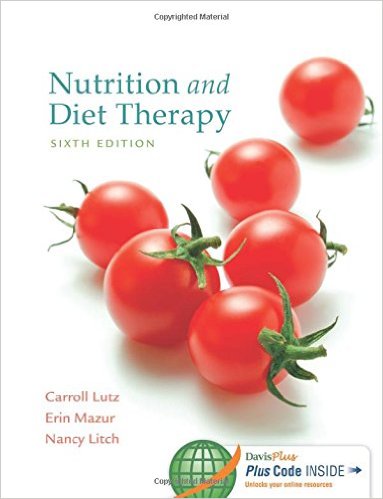
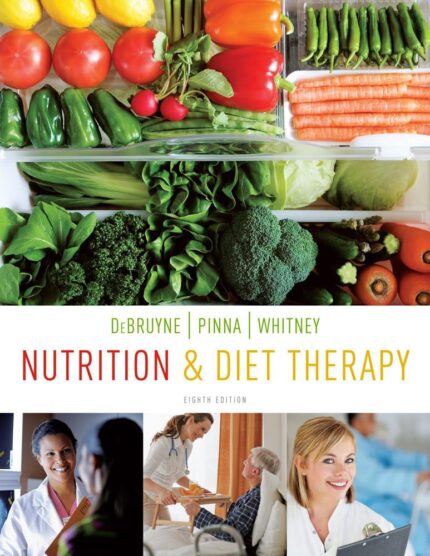

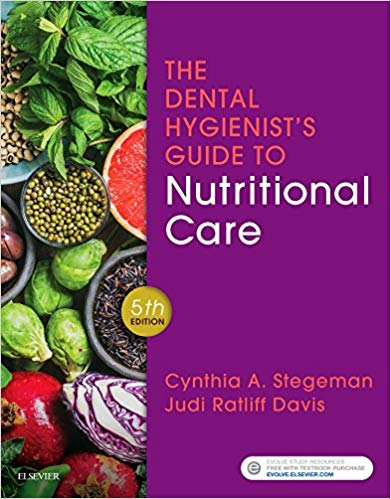
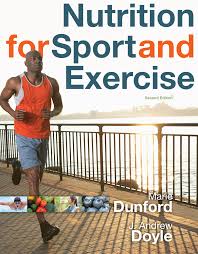

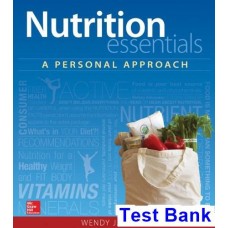
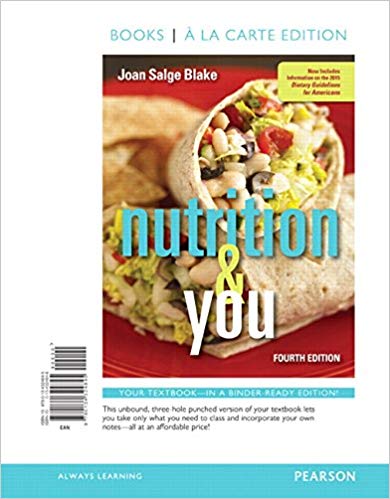
Reviews
There are no reviews yet.